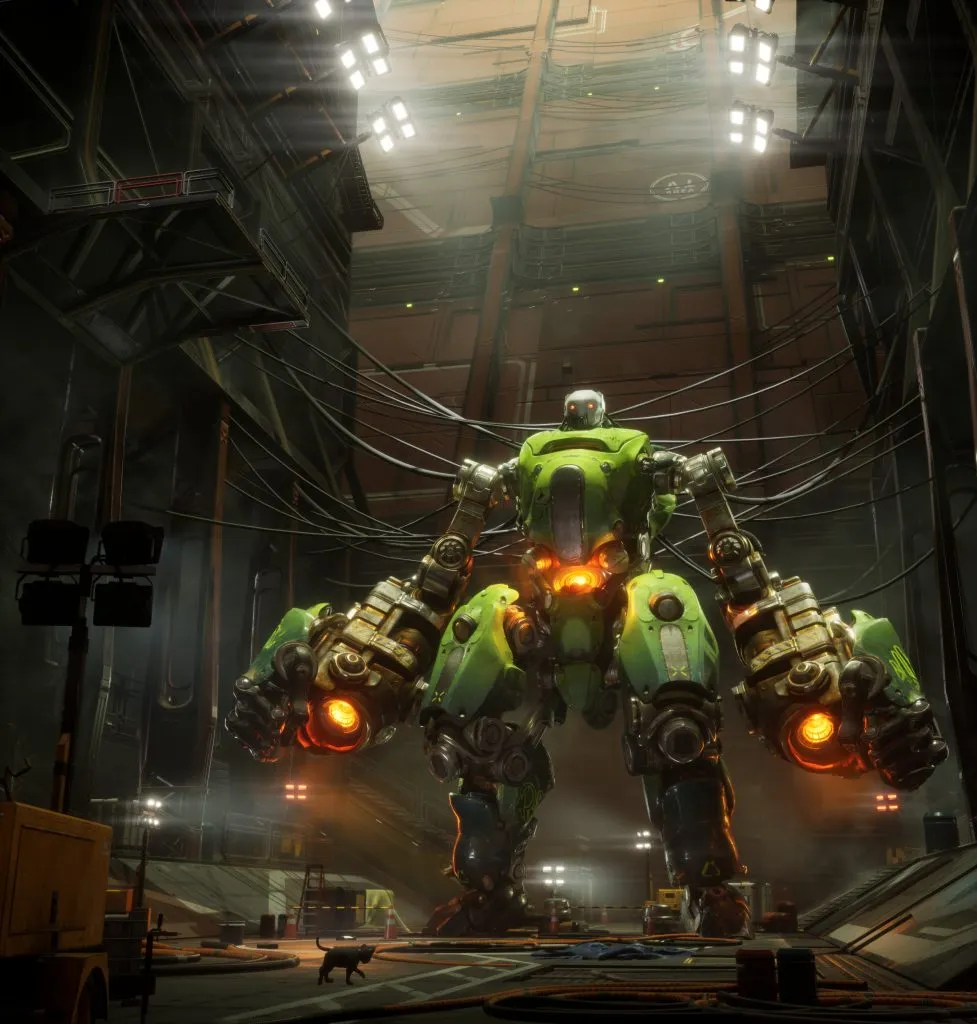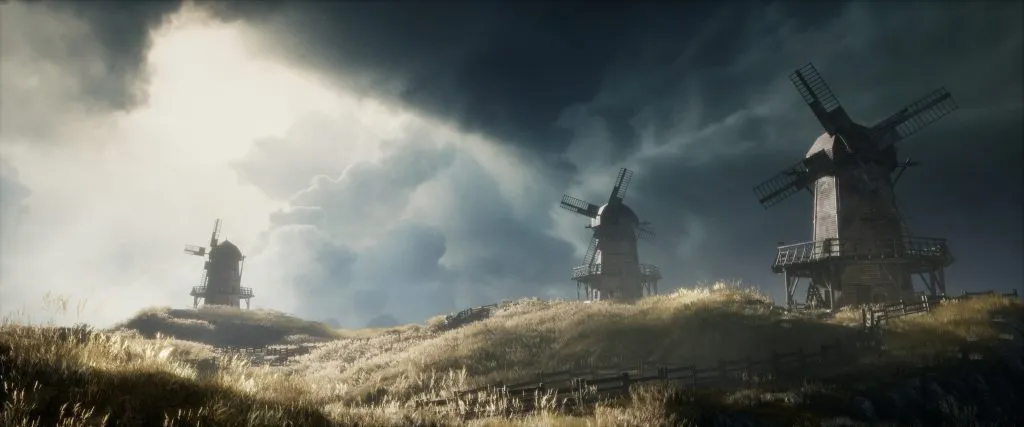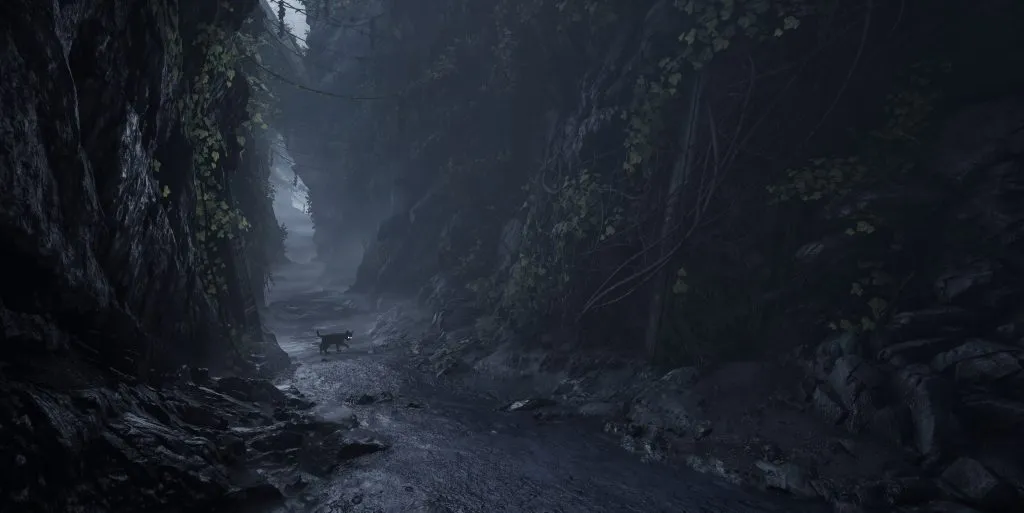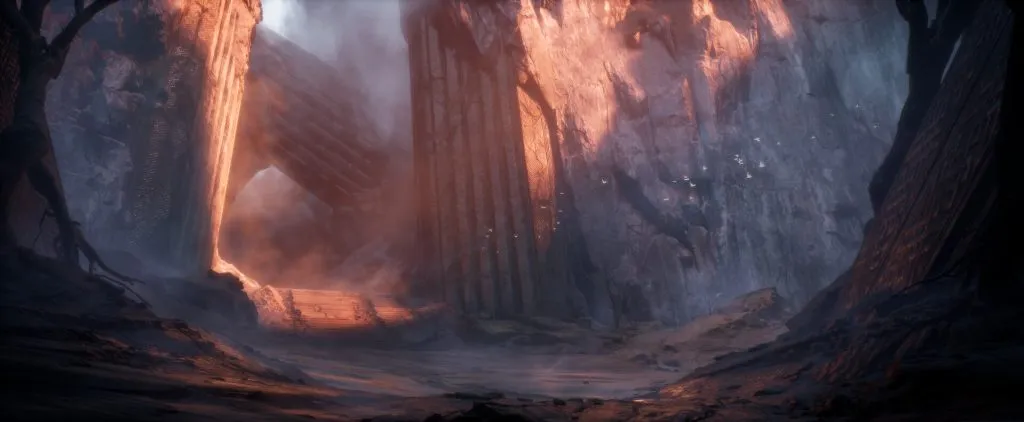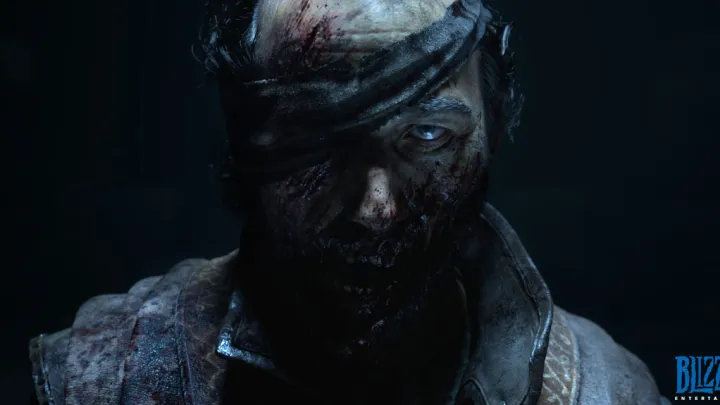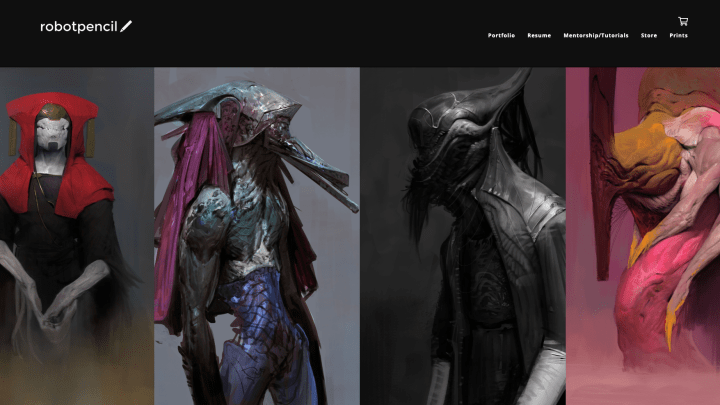Unreal Journey: Lighting
 With all the technological advancements of 3D, the world is being introduced to so many job functions and titles that didn’t exist a few years ago.
With all the technological advancements of 3D, the world is being introduced to so many job functions and titles that didn’t exist a few years ago.
ArtStation and Unreal Engine have put together the Unreal Journey series to educate aspiring artists on the exciting career opportunities in 3D. We’re giving you all the answers you need, from where to get started to what to include in your portfolio.
A decade ago, there was no such thing as a lighting artist. Or at least, not as it exists today. Now, lighting artists in the world of games, animation, cinema, and visual effects are considered an essential role in the production pipeline.
The Job
Lighting artists work closely with the art team to develop realistic lighting solutions that contribute to bringing together the overall look and feel of a project.
As a lighting artist, you should be comfortable with both the technical and creative process. It’s a lighting artist’s job to translate the lighting mood of a 2D concept to 3D using a variety of lighting techniques.
Education
Lighting artists may be graduates of 2D or 3D art programs or other fine arts backgrounds. Many positions require proficiency in lighting techniques, solutions, and rendering engines.
Conceptual knowledge
- Elements and principles of design
- Real-world lighting
- Color theory
- Composition
- Problem-solving
Explore more 3D opportunities in the Creator’s Field Guide >
Unreal Success Story: Peter Tran
Peter Tran is a lighting artist at Ubisoft Montreal. He grew up loving to draw being inspired by illustrations from Yu-Gi-Oh and Magic: The Gathering. After high school, Peter enrolled in a Fine Arts program in college.
“It was very insightful as I learned a lot of fundamentals that are crucial to my work today. I thoroughly enjoyed the classes which taught me about composition, photography, drawing, and how to mix colors. That being said, I dropped out of the program because I felt that it was missing what I was seeking. I was basically on my way to becoming a traditional artist, not a digital artist for video games or movies. I was still very passionate about painting illustrations, but for digital industries.”
After dropping out of his college program, he enrolled in a 3D animation program at a different college. While he was still interested in illustration, he wanted to learn more about the video game and VFX industries.
“The program was a big crash course of everything related to 3D. We did 3D sculpting, modeling, texturing, animation, rigging, VFX, storyboarding, photography, compositing, and video game design. After a while, I transitioned to a different goal; I wanted to become a 3D environment artist for video games. I’ve had so much fun with 3D modeling and game engines like Unreal Engine 4 that I had to set aside my dream of painting illustrations. Learning UE4 was very fun and certainly didn’t feel like a chore to get used to. It is by far the most user-friendly software I’ve ever learned.
Soon after understanding the fundamentals of the 3D pipeline in general, I quickly realized that every project I was working on for my portfolio was lacking something important: lighting. Everything felt flat and bland. After a while looking up lighting for 3D environments, I found out that it was a proper role in the industry. One of the lighting artists who really enlightened me was Boon Cotter. He’s currently a lighting artist at Naughty Dog and he did an hour-long interview on Youtube in which he explains what he does at work. That opened my eyes to this opportunity and inspired me to become a lighter just like him.
Thankfully, what I learned from my fine arts major in college helped me get started in lighting smoothly. Everything I learned from paintings, drawings, and photography applied to Unreal Engine 4. This is also when I started to revive my dream of becoming an illustrator. In my opinion, I merged both my early goal with my most recent one; doing illustration and doing 3D environments. Hence why I became a lighting artist. I would argue that my job is all about painting with lighting in 3D.”
A Day in the Life
“On a high level, my responsibility is lighting the world. That consists of making sure lighting translates the art direction throughout the game. Even if a character is very well-done on the texture and modeling sides, lighting could very much ruin the results of the characters if my job is poorly done. The same thing goes for the environment. The environment artists could very much model a crazy amount of detailed props, but it would all go to waste if everything is badly lit. One could say that lighting is easy if everything else already looks good, but that isn’t exactly true. Lighting can very easily make everything look bad if done poorly.
After that, there’s also the question of whether lighting is helping the gameplay. A rule of thumb; gameplay should be king in terms of priorities. We are game developers making a product, not images for our portfolio. Lighting can very easily throw off the players if it’s unbalanced.
“Making sure the art direction and the design go well is cool, but if the game doesn’t meet the performance goal because of lighting, we would have to go back and redo our lighting work. Lighting can easily cost a lot in a game because of how the shadows and realtime lights affect everything you see on the screen. There’s also the nature of the game to consider when lighting; is it an open-world game with destructible everywhere or is it a linear single-player story-driven game? We would then have to adapt our lighting needs to our performance budget. We would also tackle it in a different way or cheat the lighting just enough so it works without the players noticing our workarounds.
Depending on the state of the production, my day to day work would be focusing on one of those 3 points for the lighting. The whole process of lighting a game is very organic. There’s a lot of going back and forward with every department more often than not. That means a lot of iteration, a lot of reviews, and a lot of meetings.”
Check out Case Studies using Unreal Engine >
What To Show in Your Portfolio
Lighting portfolios need to show a demonstrated understanding of real-world lighting and the ability to translate the mood of the concept. Peter advises entry-level applicants to show work that is well done artistically rather than showing work just technical lighting work.
“Understanding the barebone of Unreal Engine 4 is crucial to be able to achieve a certain fidelity for your portfolio. Knowing how to bake your lighting, how to do PBR rendering, and how shaders work in UE4 is very important if you’re aiming to work for a AAA studio. There are so many free resources out there to learn Unreal Engine 4. If you can light with ease with UE4, you will have no trouble with learning an in-house engine, since most of the knowledge from UE4 applies to any other game engine.
I would highly recommend using UE4 with all the free resources to build that lighting portfolio of yours. As a lighting artist, I would avoid creating assets whenever I can sense it is not my area of interest. That is why I love using all the free Megascans assets that Quixel gives us. Not only that, Epic often gives out free assets and scenes every month as well. Using this free content is exactly what all a lighting artist needs to create a solid portfolio.”
Set up your ArtStation portfolio >
First Steps to Becoming a Lighting Artist
“You should start by exploring all the avenues just enough to understand all the opportunities you can take. Understanding your options will help you specialize and choose a path to master it, very much like choosing a class in an RPG game. There are multiple ways to go about this. In my experience, specializing in a skillset is easier to stand out and easier to succeed nowadays in this extremely competitive industry. Being extremely good at one thing is much faster than being only good enough at everything.”
“Start working on that portfolio and definitely use ArtStation for it. In my book, having an ArtStation portfolio nowadays is definitely a must for any student. It makes things so much easier to see and to share your work with the right person. You can easily link all your social media to your ArtStation and it becomes a professional-looking all-in-one hub for your work.”
Pro Tip
“It goes without saying that having a proper portfolio is important, but that is only one side of the coin. It would be a shame if no one sees your work even if your work is spectacular. That is why having a solid network is definitely an effort worth investing in. You should seek out like-minded individuals and push yourselves collectively. This will help you stay motivated and start building that genuine network of yours.”
Want to be inspired and find more Unreal artwork?
Get Started
Creator’s Field Guide to Emerging Careers in Interactive 3D

